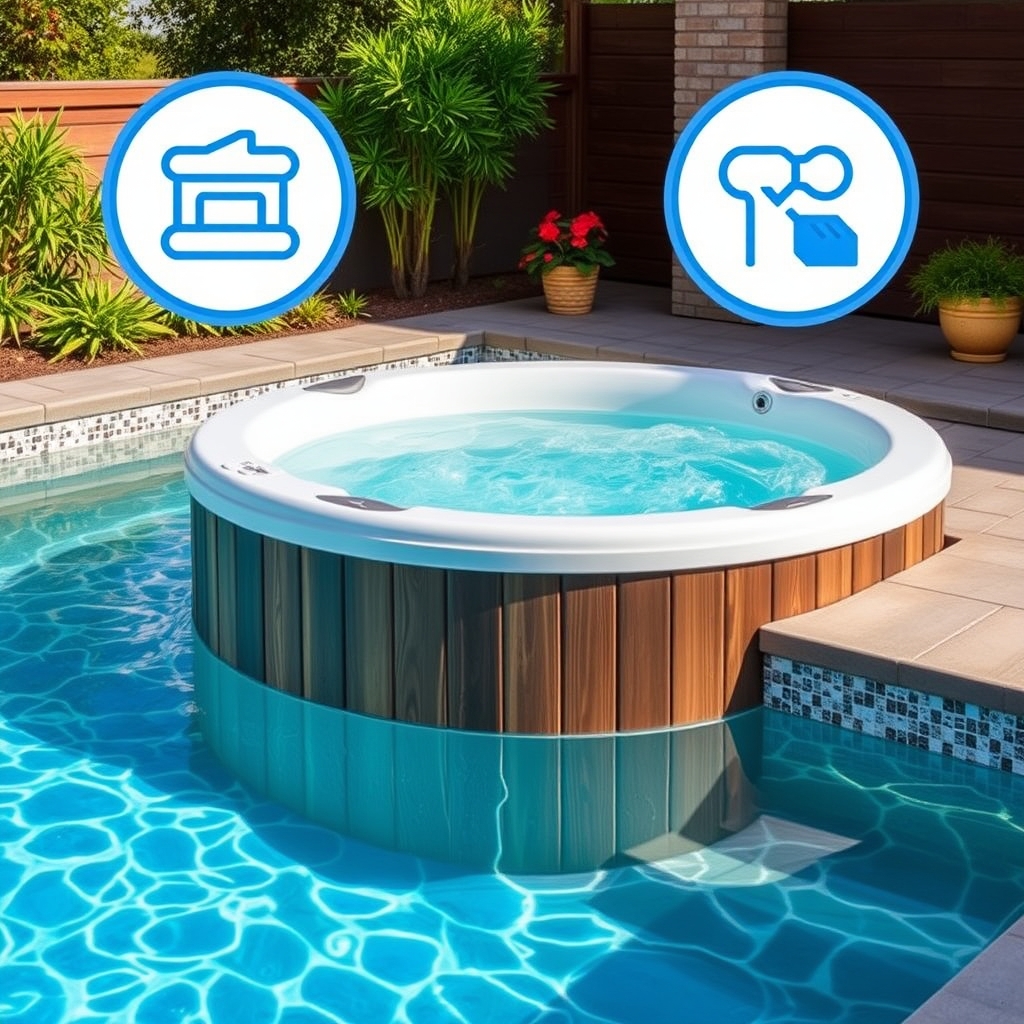Hottub, Swimming Pool
Understanding Legionella Risks in Spa Pools: A Guide for Owners
Understanding Legionella Risks in Spa Pools: A Guide for Owners
Are you a spa pool owner? Do you know about the risks of Legionella and other infectious agents that could be present? It’s crucial to understand these risks to keep yourself, your family, and your guests safe. This post will help you navigate the key points of maintaining a healthy spa pool environment, drawing on guidelines from the Health and Safety Executive (HSE) to ensure you’re well-informed.
What is Legionella and why should you be concerned?
Legionella pneumophila is the primary bacterium that causes Legionnaires’ disease, a serious lung infection. Unfortunately, spa pools can be a breeding ground for these bacteria because of the warm, agitated water [1, 2]. The temperature range of 20–45°C, common in spa pools, is ideal for microbial growth. Additionally, the organic matter from bathers, like sweat and skin cells, provides a perfect nutrient source for bacterial growth [2-4]. The agitation of the water in spa pools also creates aerosols – tiny droplets of water that can be inhaled, which can potentially transmit the bacteria into your lungs [5, 6].
Key risk factors in spa pools
- Water Temperature: Maintaining a temperature between 20-45°C provides an environment where legionella can thrive.
- Aerosol Production: Air jets and agitation cause water droplets that can be inhaled.
- Organic Matter: Bathers introduce organic materials that serve as nutrients for microbial growth [4].
- Poor Disinfection: Inadequate chemical treatment and poor maintenance can lead to unsafe levels of bacteria [6].
How to mitigate these risks
Managing these risks requires consistent effort and adherence to best practices. The HSE guidance outlines that those managing spa pools should follow these steps:
- Design and Commissioning: Ensure your spa pool is designed and installed correctly to minimize microbial growth and facilitate cleaning [7, 8].
- Operation and Maintenance: Regularly check and maintain your spa pool, following the manufacturer’s instructions. This includes water replacement, cleaning, and disinfection [9, 10].
- Water Quality Testing: Monitor your spa pool’s water quality frequently. Regular testing of chemical parameters like pH and disinfectant levels are vital. Microbiological testing for bacteria like E. coli, Pseudomonas aeruginosa and legionella should be done regularly [7, 11, 12].
- Inspections: Carry out regular inspections to ensure all equipment is working correctly and that there are no signs of contamination [7].
Why is this important?
Legionella and other bacteria in your spa pool aren’t just a minor concern; they pose significant health risks. Outbreaks associated with spa pools have caused serious illnesses and even fatalities [3, 13]. Therefore, it’s critical to ensure your spa pool is safe for you, your family, and anyone else who might use it. Ignoring the correct maintenance could lead to infections such as Legionnaires’ disease, folliculitis from Pseudomonas aeruginosa, and other bacterial infections, creating major health risks [2, 14, 15].
Final thoughts
By understanding the risks and implementing effective control measures, you can ensure your spa pool remains a safe and enjoyable space. Regular maintenance and testing are not just recommended, they are essential. Make sure to keep reading thepoolcleaners.co.uk for more information on maintaining your spa pool.
FAQs
What is Legionnaires’ disease?
Legionnaires’ disease is a severe form of pneumonia caused by Legionella bacteria. It can be contracted by inhaling contaminated water droplets.
How often should I test my spa pool water?
Chemical testing should be done daily, with microbiological testing done monthly for bacteria like ACC, coliforms, E coli, and P aeruginosa and quarterly for legionella [11, 12].
What water temperature is best for preventing Legionella?
The water temperature should be carefully maintained. The HSE recommends that water temperatures should not be allowed to sit within the 20-45 degrees celcius range, but higher temperatures could be a scalding risk to users. Effective disinfection will also assist with bacterial control. [2, 6].
What should I do if I suspect my spa pool is contaminated?
If you suspect contamination, you should close the spa pool immediately and conduct a thorough cleaning, disinfection, and testing of the water. Seek professional advice if necessary. Contact an environmental health officer if necessary. [16, 17].












